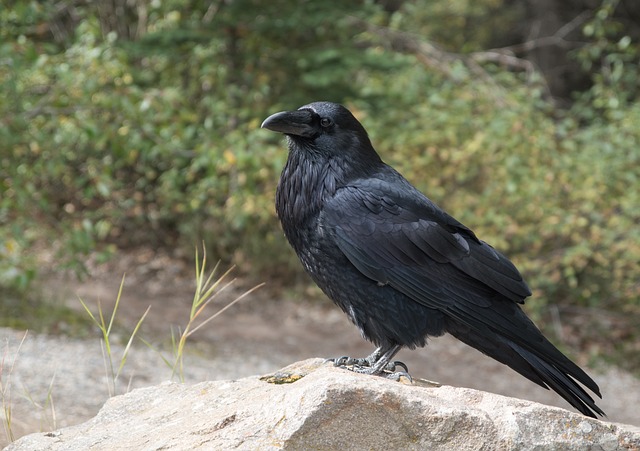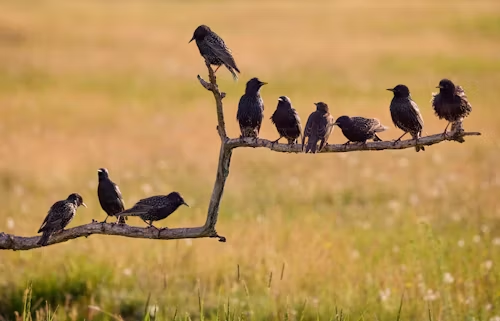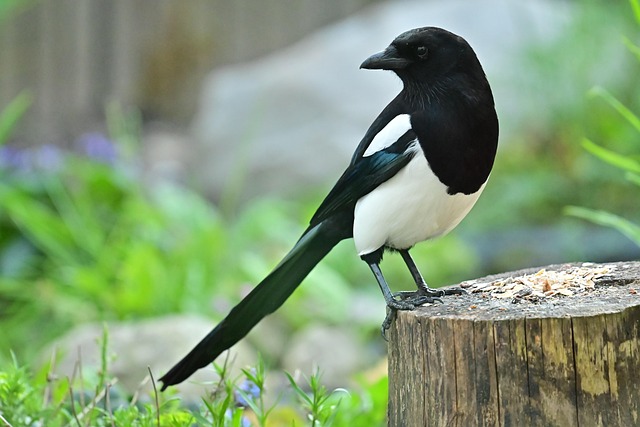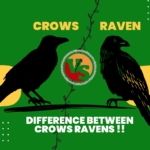Ravens are really interesting birds. They are known for their intelligence, adaptability, and deep-rooted presence in mythology and folklore. If you have seen them in the wild or heard stories about them, you might have wondered, what is a group of crows called? The answer is quite intriguing— a group of ravens is referred to as an “unkindness” or a “conspiracy” of ravens. But why such an ominous name? Let us explore this term and the meanings behind it to delve further into the raven world.
Why is a Group of Ravens Called an “Unkindness” or “Conspiracy”?

While most birds have relatively simple collective nouns, ravens have a more ominous collective noun. The collective noun “unkindness” comes from the fact that in history, birds were associated with death, bad omens, and misfortune. Ravens were scavengers that often feasted on battlefields, cemeteries, and disaster sites, which contributed to the view that they brought bad luck.
The word “conspiracy” originates from the intelligence and social behavior of ravens. The birds are effective in communication and develop strong bonds, even collaborate in solving some problems. Thus, the word might have emerged because of their possible “conspiracy.”.
The Mythology and Symbolism of Ravens
- Ravens in Norse Mythology: Norse people believed ravens were something worthy of a high status. For instance, among them, was Odin-the father god of everyone-and two of his most sacred birds named Huginn-thought-and Muninn-memory-and flew over all of the earth and world and back again daily gathering him much knowledge.
- Ravens in Celtic Folklore: The Celts revered ravens, and this is because they associated them with their war goddesses, who could take the form of a raven while giving prophecies of battle. According to locals, if one saw a raven before a battle, such a person would come out as either victorious or doomed.
- Ravens in Native American Culture: For many Native American tribes, the raven has been considered both a trickster and a creator. The Haida and Tlingit believe that the raven was the one who made the world as he stole the sun and let light upon man.
- Ravens in Literature and Pop Culture: The most well-known literary reference is perhaps to the raven of Edgar Allan Poe’s poem “The Raven”. The bird itself has symbolized mourning and loss. Nowadays, it seems ravens appear more and more on television programs, in books, and movies with an association often attached to mystery and cleverness.
The Intelligence of Ravens
Ravens belong to the corvid family, which also includes crows and magpies, and are considered one of the smartest birds in the world. Some interesting facts about raven intelligence include:
- Problem-Solving Skills: It has been shown that ravens use tools in order to achieve food and solving puzzles.
- Mimicry: Ravens also mimic human words and other voices, just as parrots.
- Social Bonds: Ravens are quite attached to their mates and they even play.
- Memory and Planning: They even remember human faces, hold a grudge for long, and plan for what is going to happen in future.
Where Can You Find Ravens?
Ravens can be found across the Northern Hemisphere, thriving in forests and mountains as well as in urban environments. They are very adaptable birds and can live in extreme environments, such as Arctic tundras and deserts.
Common Places to Spot Ravens:
- North America: The species is common throughout Canada, Alaska, and western United States.
- Europe: Widespread throughout the UK, Scandinavia, and Eastern Europe.
- Asia: It is found in Russia, China, and Japan.
- Africa: The species is scantily found within northern regions.
Fun Facts About Ravens
- Ravens mate for life and are most loyal.
- They can imitate the howls of wolves to lure them to cadavers.
- Ravens have been known to engage in games: sliding down snowy slopes for fun, for instance.
- They are among the few animals that show empathy, comforting distressed companions.
Conservation Status: Are Ravens Endangered?
Ravens are still not endangered at present and belong to the least concern category listed by the IUCN. Because of these birds’ intellectual nature and capacity to adapt well, their numbers remain stable as well, specifically in rural areas and wilderness landscapes. However, in some sites, habitat degradation and human oppression have caused certain declines.
Conclusion
The collective noun “unkindness” or “conspiracy” only makes these remarkable birds more mystique. Once perceived as harbingers of doom, the intelligent, adaptable birds are now loved for their significance in cultures across the world. Whether it represents wisdom, trickery, or mystery, ravens are some of the most fascinating birds alive.
So the next time you observe a group of ravens, recall that instead of an unkindness, you are looking at one of the wisest and most intriguing creatures in nature.









